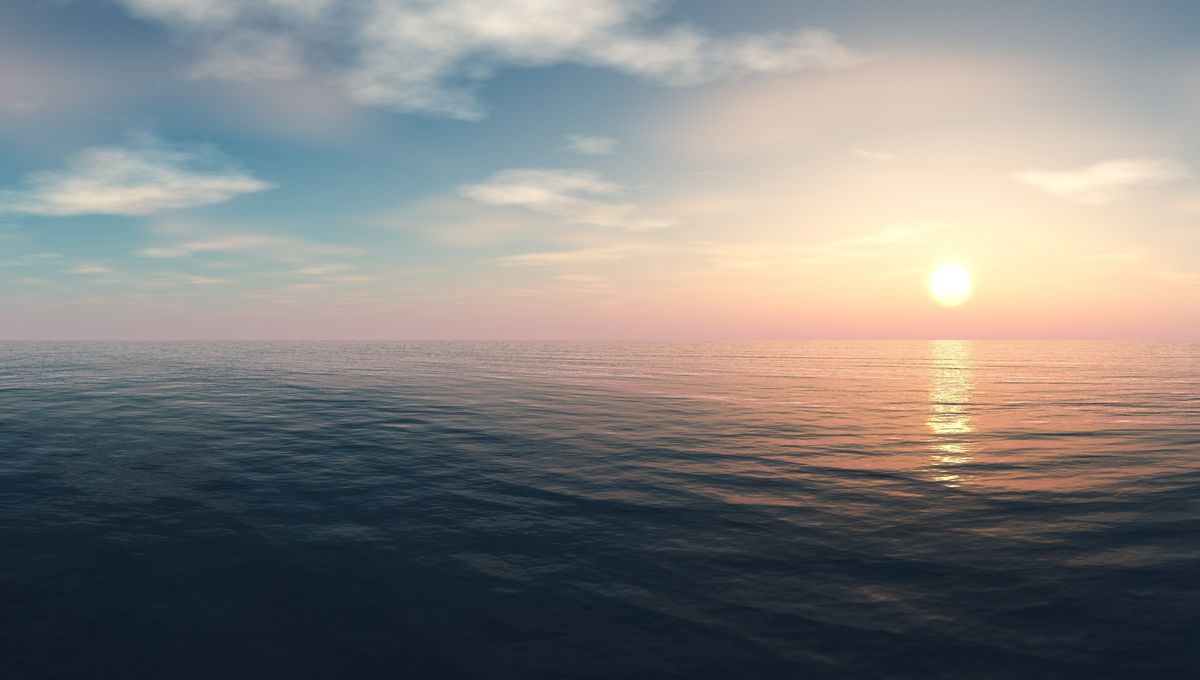
Plans to build a detector deep under the ocean to try and catch the most elusive particles in the world, neutrinos, have been announced by The Chinese Academy of Sciences. They are not the only ones: Work is currently underway to build three detectors in the Mediterranean Sea, one has been proposed off the coast of British Columbia, and Russia is upgrading one in Lake Baikal, the world’s deepest lake.
There are currently trillions of neutrinos going through every inch of your body. Don’t worry – you are not meant to feel a thing. These particles have very little mass and they have no electric charge, so they hardly interact with other matter. But hardly doesn’t mean never – and when it happens, the event releases light that can be observed by specialized cameras.
To make sure you get detections, it is best to have a lot of transparent material, and water (or ice) works very well for it. China’s plan sees the detector covering a volume of 30 cubic kilometers (7 cubic miles), located 1 kilometer (0.6 miles) below the surface of the ocean, with strands of the detectors extending for about 3.1 kilometers (1.93 miles). If this comes to fruition it will be the largest neutrino detector in the world.
Its goal would be to study cosmic neutrinos coming from the most energetic sources, such as supernovae or very active supermassive black holes. It has been difficult to track these elusive particles to their sources. The first time was in 2018 through the IceCube experiment, which uses the ice of Antarctica instead of liquid water to study these events. These neutrino detectors could work with gamma-ray observatories such as NASA’s Fermi or China’s Large High-Altitude Air Shower Observatory (LHAASO).
“If we can detect the two particles together, we can determine the origin of the cosmic rays,” Chen Mingjun, lead researcher of the project at the Institute of High Energy Physics, told Xinhua News.
The European detector, known as the Cubic Kilometre Neutrino Telescope, is under construction off the coast of France, Italy, and Greece. The first two sites already have subdetectors being built, with one specifically looking at cosmic neutrinos and the other at the properties of neutrinos themselves.
The Russian detector is a major upgrade of the original much smaller detector constructed between 1990 and 1998 and upgraded in 2005. In its current state, it has a volume of about half a cubic kilometer. If all these detectors (and a few more) come online, our ability to track cosmic neutrinos would increase massively, taking neutrino astronomy from its infancy to adulthood.
[h/t: Livescience]
Source Link: China Plans World’s Largest “Ghost Particle" Detector 1 Kilometer Under The Ocean